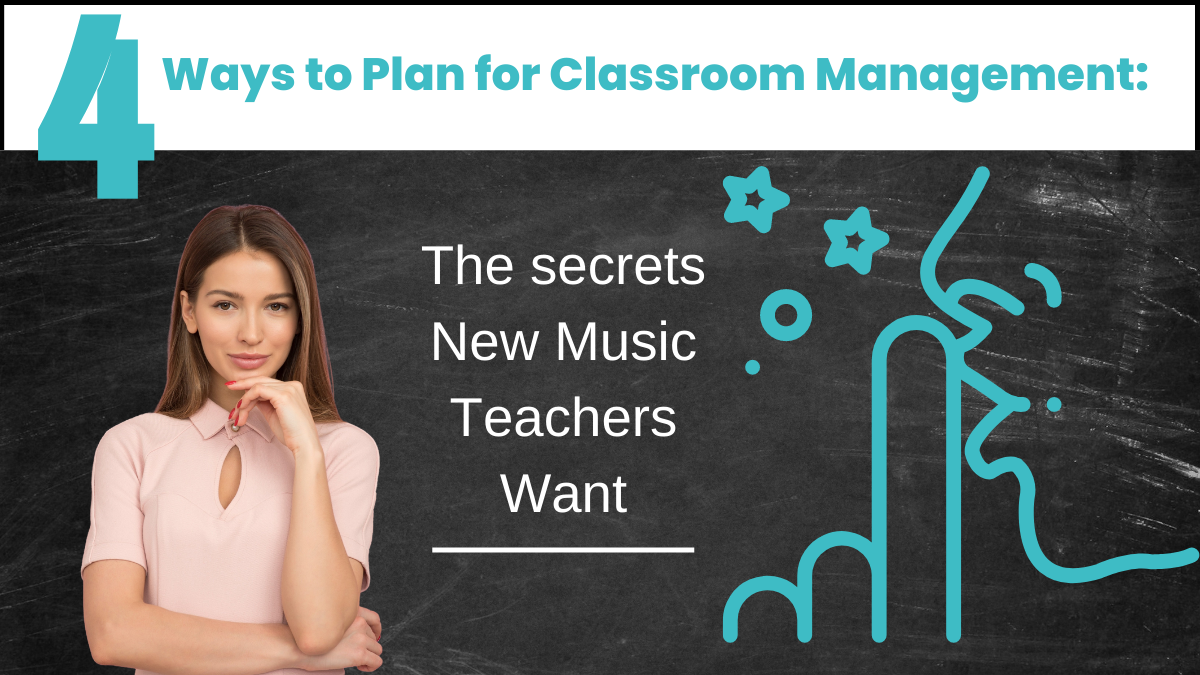Teach Valuable Concert Etiquette for Students and Audience
As the lights dim and the curtain rises, a hush falls over the audience, anticipating the delight of a musical performance. Rows of performers sit poised, stand on risers, or await their entrance. In this moment of shared reverence for music, one question emerges: Does your audience know the proper concert etiquette for musical performances?
Concert etiquette is not merely about following rules; it’s about honoring the performers, fellow audience members, and the music itself. From the moment they take their seat to the final applause, understanding and practicing concert etiquette enriches the experience for everyone involved. So, let’s inspect the unspoken guidelines that elevate a concert from a mere event to a transcendent musical journey by first reflecting on the variety of performance etiquette settings from which audiences may be drawing their responses.
Performance Etiquette Settings

Understanding appropriate behavior in various settings is crucial, and a music performance is no exception. Performance etiquette changes in different venues. While a rowdy sports event might encourage boisterous cheers and chants, a stadium rock concert may invite enthusiastic dancing and singing along. Conversely, a reverent religious ceremony calls for solemnity and respect. Each event carries its own unique atmosphere and expectations, and navigating these nuances demonstrates a deeper appreciation for the occasion at hand.
In the context of a music concert, recognizing the appropriate conduct not only shows respect for the performers and fellow audience members but also enhances the overall experience, fostering a harmonious environment where the music can truly shine. Before addressing the audience’s expectations, ensuring students understand their role is crucial.
Concert Etiquette for Students

Concert etiquette begins with student conduct, extending beyond the mere moments of performance. Concert etiquette for students begins with how students transition on and off the stage—walking with purpose, maintaining silence, and showing respect for both the audience and their fellow performers. Instilling these principles early on fosters professionalism and cultivates a deeper understanding of the significance of each musical moment.
Whether it’s the careful stage preparations or the attentive silence before the first note, students play a pivotal role in setting the tone for the entire concert experience. By emphasizing the importance of their behavior on and off stage, educators prepare students for successful performances plus instill lifelong values of respect and reverence for the art of music.
“The performer commands respect from the audience.”
Students love knowing they are the ones in charge. Through a series of discovery questions, teach students about procedures the way they enter the stage, set up instruments, hold an ending position, and bow all send a message to the audience.
Use discovery instead of lecture to provide a buy-in to expectations. Letting students make predictions and draw conclusions about concert etiquette can help them visualize the scenarios. This empowers students to envision themselves as an important part of the concert experience.
Through guided discussions and interactive activities, lead students to explore scenarios, discuss potential outcomes, and collaboratively a framework of concert etiquette that resonates with them. This approach not only cultivates a sense of ownership over their conduct but also encourages critical thinking and empathy, as they consider the perspectives of both performers and audience members.
Making Performance a Team Effort
Making performance a team effort gives students a place to belong, be supported, and feel safe. Music teachers fill the roles of instructors, mentors, and facilitators, guiding students through the music performance while fostering a sense of camaraderie and mutual respect. When students and teachers recognize their shared responsibility during the performance, they form a supportive community where each individual’s contribution is valued and celebrated.
Together, as a unified team, students and teachers elevate the quality of their performances and cultivate lifelong values and skills that enrich their personal and professional lives. Now that the performers are ready, it’s time to ensure a clear understanding of audience concert etiquette.
Audience Concert Etiquette

Get your audience ready to celebrate the beauty of music, by highlighting the importance of maintaining a respectful concert atmosphere. Let them know that the audience concert etiquette role is to encourage all performers, regardless of age or skill level. This can be shown by giving performers your full attention and applause at appropriate times.
Knowing when to clap can be a tricky balance. Traditional audience concert etiquette suggests waiting until the conclusion of an entire piece before applauding, but spontaneous applause of admiration, whenever the music is especially moving, is also appropriate. Providing the audience with specific tips on applause can put the performers and audience at ease.
- Applause: Encourage this response after each song or group to show appreciation for the hard work and dedication students have put into preparing for their performances.
- Pauses in Music: Some pieces may have pauses or breaks in the music. Give your audience a heads up to watch for the conductor to lower their hands to their side indicating the end of the piece or movement, before applauding.
- Acknowledging Solo Artists: Solo performances are a highlight of the concert. After a solo, please feel free to show your appreciation with applause for the individual performer.
Alongside your applause reminders, consider including audience concert etiquette guidance on when it is appropriate to enter and exit the concert hall, how to minimize noise and distractions during performances, and the significance of refraining from talking or using electronic devices while the music is playing.
- Exiting the Venue: If you need to leave during a performance, we kindly ask that you wait until the current song or scene is over to minimize disruptions for both performers and fellow audience members.
- Silence Phones and Electronics: Turn off or silence all electronic devices, including cell phones, to avoid distractions during the performance.
- Respect the Performers: Show appreciation to performers by giving them your full attention, refraining from conversations, and calling out names.
- Refrain from Photography and Recording: Respect the performers and other audience members by adhering to copyright laws by refraining from taking photos, videos, or audio recordings during the performance, unless explicitly permitted.
Be sure to end a message on concert etiquette on a positive note showing the audience your appreciation for their cooperation in following the guidelines ensuring that everyone can fully immerse themselves in the magic of the music.
Emphasizing these audience concert etiquette tips beyond the audience with students, administrators, and colleagues not only enhances understanding of their role in creating an optimal concert experience but also fosters a deeper appreciation for the dedication and artistry of the performers onstage. By working together to uphold these standards of decorum, we can ensure that every concert remains a memorable and immersive musical journey for all involved.









One Comment